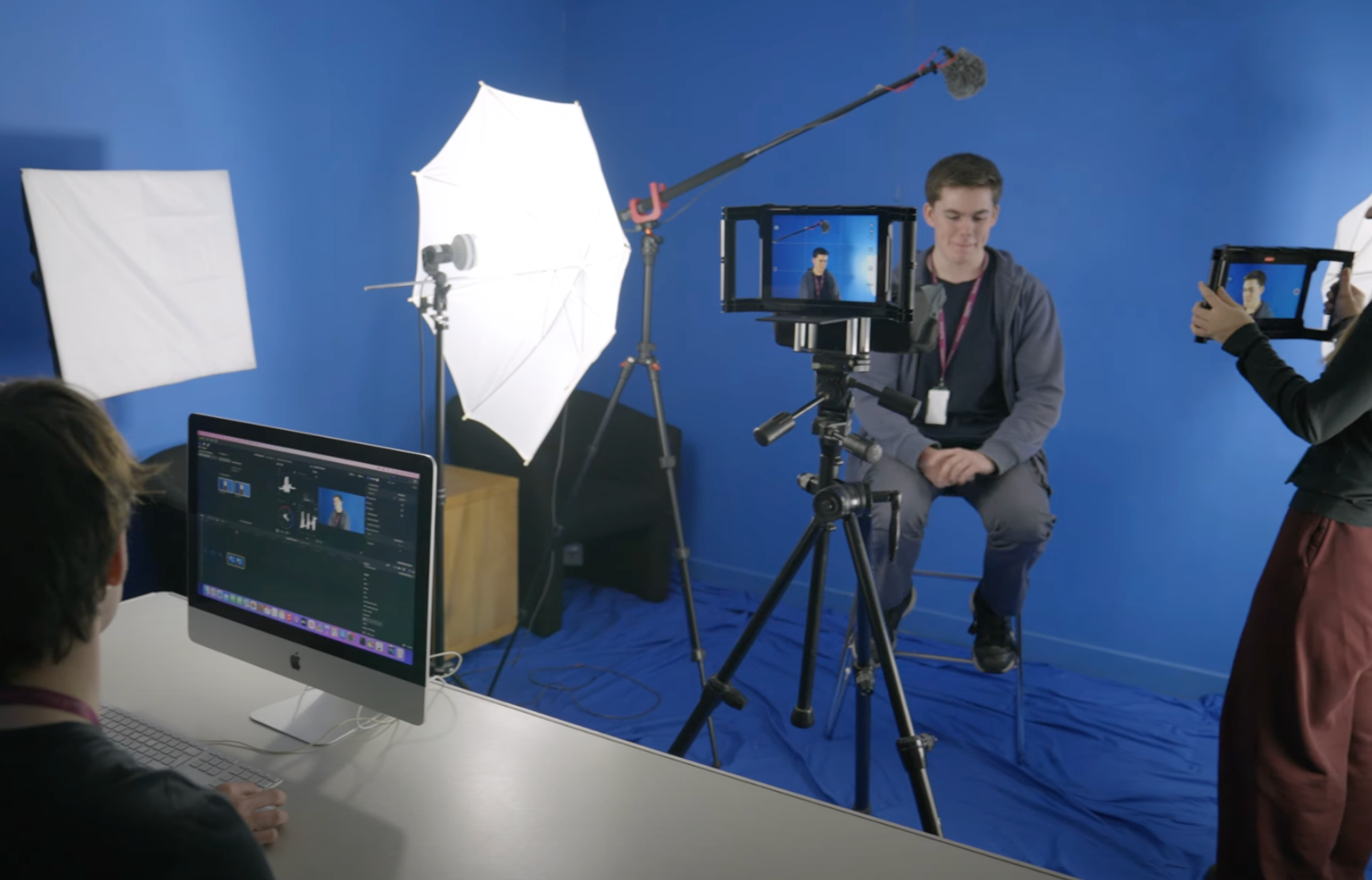
How Does Classroom Technology Open Up A Wider Range Of Career Possibilities To Students?
How can technology open doors beyond admin and revision?
The integration of technology in the classroom has revolutionised education. With the development of technology, there is a notable increase in new learning opportunities. Students are being introduced to broader learning experiences, expanding their skills and perspectives in ways that go beyond traditional subjects.
Immersive learning experiences, hands-on tasks, creative skill development, and critical thinking are all examples of how technology is enriching the classroom and preparing students for a tech-driven future. As digital technology becomes more deeply embedded in classrooms, the gap between education and the world of work is closing.
Students aren’t just being taught academic content, they’re introduced to more creative tasks and gaining foundational skills that reflect the modern world of work, opening up wider career possibilities than ever before.
Access to Industry-Standard Creative Tools
With technology in the classroom, students now have access to powerful creative tools from the moment they begin school. Technology isn’t only a tool for completing general classroom tasks – it can be a gateway to creative expression and discovery, which can lead directly to exciting and uncommon career paths.
By integrating industry-leading devices into everyday learning, schools provide students with new opportunities to expand their skills from an early age – often using the same platforms and tools used by industry professionals. This approach empowers young people to express themselves, explore their interests, and uncover career paths they might never have considered. In the past, students may have needed to take up specialist courses in their own time, or wait until university. Today, creative and emerging careers are more accessible than ever.
Rather than treating creative and emerging specialist skills as separate from academic progress, schools can now use digital tools like iPad to embed digital skills into daily teaching – making opportunities more accessible and aligned with the modern world.
Apps such as iMovie and Clips allow students to record, edit, and produce their own short films. In doing so, they build communication, sequencing, and storytelling skills – valuable for careers in film and media, but also in marketing, business, and education. In GarageBand, students can explore music production – diving into the fundamentals of audio engineering and composition. Students can gain experience with digital audio workflows used across music, podcasting, sound design, and broadcasting.
Artistic students interested in visual arts can use apps like Adobe Photoshop, Procreate or Sketchbook, where they can draw, paint, and animate, enabling expressive, hands-on exploration. Even presentation tools like Keynote and Pages let students explore how to communicate ideas clearly through layout design, storytelling, and presentation – a skill that is transferable to a wide range of career paths.
Swift Playgrounds introduces students to the basics of coding in a way that’s fun, visual, and approachable. Through interactive challenges, pupils develop logical thinking and creative problem-solving – valuable skills that can lead to careers in app development, gaming, software engineering, and support wider STEM pathways where analytical thinking and digital fluency are essential.
Helping Students Discover Future Careers
Exposure is everything. Students might not consider a career path unless they’ve seen it, experienced it, or tried something that sparked their interest – especially a specialist or creative career. Technology in the classroom helps make those sparks possible.
By integrating digital tools into everyday learning, students get to explore new pathways in a low-pressure, hands-on environment – without needing to commit to a career direction right away. They can try, experiment, and discover what energises and inspires them.
This kind of access is especially powerful for students who may not have access to other opportunities outside of the classroom – whether that’s due to location, background, or circumstance. Technology helps level the playing field, offering every learner the chance to explore new possibilities, develop future-ready skills, and imagine a career they might not have otherwise considered.
Real World Inspiration
Across the UK, schools are finding that when students are given access to technology, their creativity can flourish in unexpected and exciting ways. At New Bridge Academy Trust, Apple technology has become more than a general classroom tool – it is a platform for independence, confidence, and aspiration.
At New Bridge, what began as a structured iPad strategy is now embedded practice. The Trust fosters a culture of ambition, innovation, and creativity, where students are placed at the centre of accessible digital experiences that mirror real-world workflows. In their 16-19 provision, learners can take part in a video production enterprise, using Apple technology and apps such as Clips and iMovie to develop editing skills. Some even progress to Final Cut Pro and Adobe Creative Cloud, gaining tangible experience that could lead to creative careers in the digital media sector. “I’ve learned that I’m pretty good at video editing and making music,” one student shared. Another reflected, “I’ve learned more here than I probably could’ve anywhere else.”
Watch the case study here: https://www.youtube.com/watch?v=f7qqaNeSYhY
Unlocking Talent Through Creative Technology
Technology in the classroom is about more than just digital literacy – it’s about unlocking potential and creative empowerment. iPad and Mac can help students become creators – giving them the tools to explore ideas, express themselves, and build practical, future-ready skills. It gives them the tools to express themselves, discover new passions, and imagine futures in creative and emerging digital careers that may have once felt out of reach.
In today’s digital age, technology is reshaping the way students learn, offering new opportunities to expand their skillsets beyond traditional subjects. With access to these tools, learners can code, design, film, edit, animate, and build – unlocking a broad world of possibilities. This not only enhances their classroom experience, but also prepares them for a future where digital fluency, creativity, and adaptability are essential.